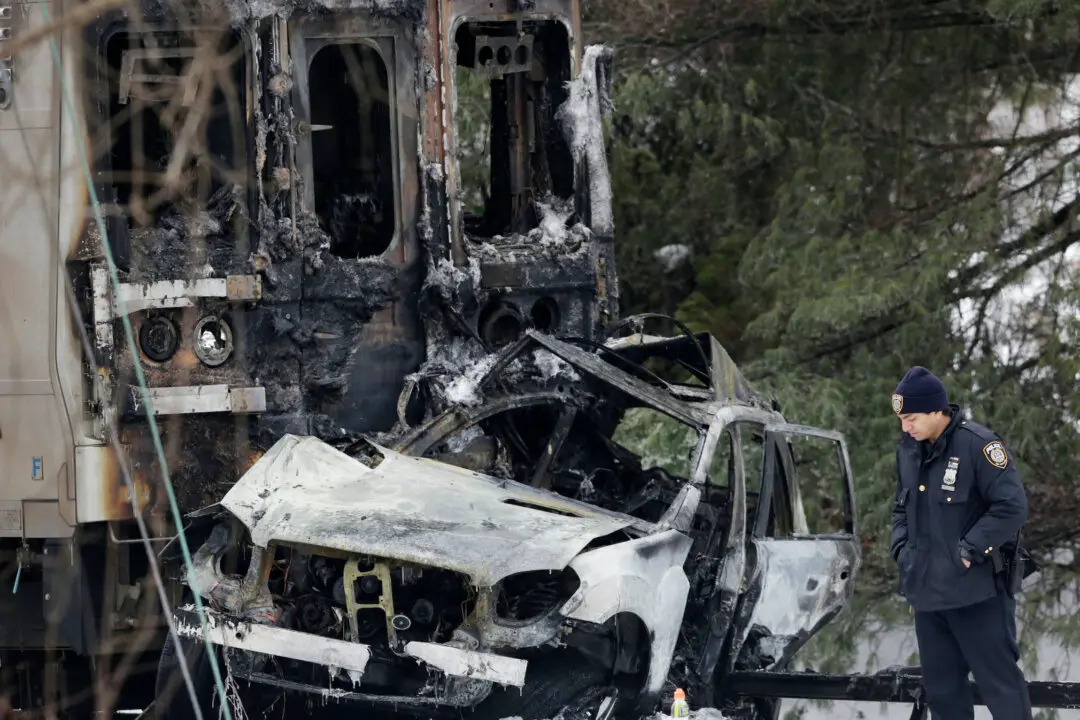BERLIN—Investigators found traces of undersea explosives in samples taken from a yacht that was searched as part of a probe into last year’s attacks on the Nord Stream gas pipelines in the Baltic Sea, European diplomats told the United Nations Security Council.
The diplomats said the investigation has not yet established who sabotaged the pipelines, which were built to carry Russian natural gas to Germany, or whether a state was involved.





